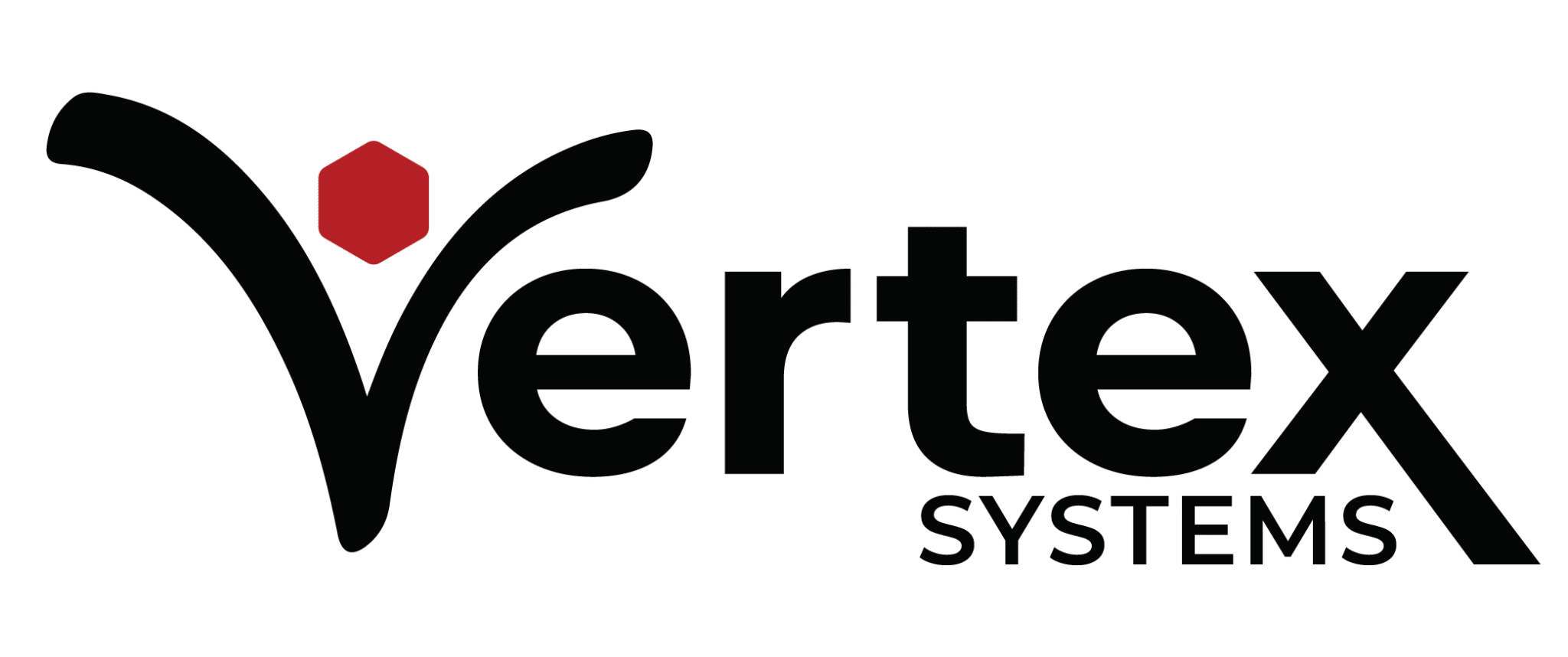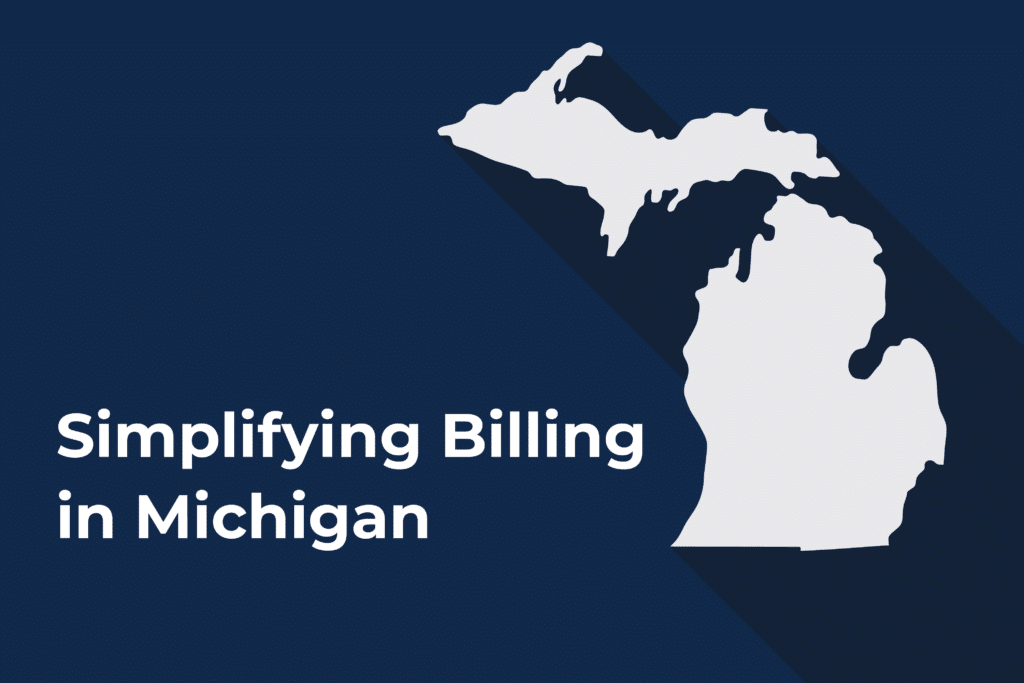For IDD agencies in the state of Michigan, handling 837 and 835 files can be a complicated task. Fortunately, Vertex Systems provides a more straightforward solution by streamlining the billing process with its Billing Manager module. This module makes EDI 837 and 835 files easy to navigate and understand, regardless of their complexities. This blog post will review how Vertex’s Billing Manager module simplifies IDD agency billing for Michigan EDI 837 & 835 files.
What Are EDI 835 & 837 Transactions?
EDI 835 & 837 transactions are standardized electronic formats for healthcare billing processing. Developed due to HIPAA regulations, these transactions standardize the exchange of medical claim information between providers and payers. This ensures timely and accurate reimbursement of care provided to individuals.
EDI 835 & 837 transactions are especially important for long-term care providers to ensure financial stability through accurate service payment. This type of billing transaction is often associated with long-term care for individuals, making it an essential component for billing for IDD agencies. Increased accuracy in billing is paramount in states like Michigan as the state follows NCPDP standards, which refers to its required use in exchanging electronic claim information.
The Difference Between EDI 835 & 837 Files
If you’re in the IDD industry, chances are you’ve heard of EDI 835 and 837 files. But what are the main differences between both transaction types? In short, the EDI 837 is used to send healthcare claims as well as billing payment information between payers (such as insurance companies, healthcare maintenance organizations, and preferred provider organizations). At the same time, the EDI 835 is an Electronic Remittance Advice (ERA) – electronic claim payment information that documents the electronic funds transfer.
The EDI 835 file shows how the claim is paid or denied electronically, making it a critical piece of information for healthcare providers seeking reimbursement. Providers can streamline this process and better track their payments by having an automated solution that enables reconciliation against charges or expected amounts. As such, understanding the difference between EDI 835 and 837 files can help agencies optimize their billing and payment process, leading to more efficient and cost-effective operations.
How the Vertex Billing Manager Module Helps IDD Agencies in Michigan
IDD agencies know better than most that manual billing processes can be tedious and unorganized. Fortunately, Vertex’s Billing Manager module streamlines billing with its automated EDI 835 and 837 file uploads and retrievals for seamless reconciliation and denial management. Moreover, the system calculates group size ratios effortlessly, leading to accurate billing.
With Vertex Billing Manager, IDD agencies can:
- Save time manually calculating ratio group sizes – Vertex handles this for you and bills accordingly.
- Automatically send 837 billing files and receive 835 remittance files.
- Benefit from greater accuracy through automated billing reconciliation and denial management.
Vertex: The EDI 837 & 835 Solution for Michigan IDD Agencies
Vertex Systems understands the importance of accurate electronic billing for IDD agencies in Michigan, so we offer an automated solution to simplify billing and payment processes in this state. Our Billing Manager module simplifies handling complex electronic transactions, streamlining operations with greater accuracy and cost-efficiency. As a result, IDD agencies in Michigan can focus on client progress and serving their community.
Contact Vertex today to learn how our IDD agency billing solutions can benefit your operations for years to come.

